|
When I was a kid, I assumed flying squirrels actually looked like this: Yep, that's Rocky of the Rocky and Bullwinkle cartoon. Then, when I was about twelve, a friend of mine somehow ordered a pair of live flying squirrels in the mail (back in those days you could order almost any kind of wild animal... fortunately we now have regulations to limit this). He kept them in a cage in his bedroom, and sometimes we would get them out and let them run and jump around in the room. I was fascinated by the way they could spread their arms and legs and glide through the air. By the way... they were not very suitable as pets! What the heck is a Flying Squirrel? Flying squirrels are actual squirrels, which means they are rodents. Although here in North America we only have three species of flying squirrels, there are about fifty species worldwide, particularly in China and Southeast Asia. As you probably know, flying squirrels cannot actually fly the way birds and bats fly. Instead, they can glide from tree to tree on the thin flaps of skin between their forelegs and hind legs. They can precisely control their gliding direction and speed by moving their legs and tail. Notice the loose folds of skin on the southern flying squirrel below (this is the type that lives in the forest around our home in Missouri): It is worth pointing out that sugar gliders are not flying squirrels. I mention this because many of you may have seen sugar gliders for sale in pet stores. Sugar gliders are actually a type of possum, which means they are marsupials. So, they are not closely related to squirrels at all. However, sugar gliders can glide just like flying squirrels, so this is a fascinating example of convergent evolution (when living things that are not closely related develop similar characteristics because they have adapted to the same kinds of environments). Below is a sugar glider: Amazing Facts about Flying Squirrels So, how exactly do these rodents glide? Flying squirrels have a thin flap of skin that stretches out along the sides of their body between their ankles and wrists. This flap is called the patagium. When they spread out their arms and legs, the patagium basically becomes a parachute. Although flying squirrels are much like other squirrels in most ways, they have a few adaptations to enhance their gliding ability. For example, their leg and arm bones are longer, while their hand and foot bones are shorter. The longer limb bones allows them to create a larger parachute, while the shorter hand and foot bones allow them to better control the parachute. Check out the skeletal structure below. Flying squirrels have a surprising amount of control over their gliding flight. In fact, they can even create lift by changing the angle of their limbs. Astoundingly, flying squirrels have been observed gliding up to 300 feet (90 meters)! Notice the finger-like projection sticking out from each of the hands? This is an unusual piece of cartilage that the squirrel can hold vertically, thus providing stability and controlling the direction of flight. No other squirrels have this cartilage projection—only the flying squirrels. Numerous hypotheses have been suggested to explain the evolution of gliding in flying squirrels. In my opinion, the most reasonable hypothesis is that this adaptation arose because it allows these squirrels to move from tree to tree without expending much energy. Gliding from one tree to another uses much less energy than descending to the ground and then climbing up another tree (not to mention that being on the ground makes the squirrel more vulnerable to predators). So... why don't all squirrels have this ability? That's a good question. Check out this cool video about how they fly. Most flying squirrel species are nocturnal, and they are extremely shy, so humans do not often have a chance to see them. Amazingly, Trish and I have only seen one southern flying squirrel in the wild, although they are abundant in our area. Spotting this creature took some effort. We had been hearing the creatures running around on our roof during the night, so we decided to sit out on the deck one night to see if we could spot one. We could hear these strange, high-pitched calls in a tree near us, so I switched on a spotlight. We saw the glow of the flying squirrel's eyes as it stared back at us. We have never seen one during daylight hours. This is what it looked like: Amazingly, scientists have recently (and by accident) discovered that all three of the North American species of flying squirrels glow PINK under a UV light! No one really knows why, although scientists have hypothesized that it might be related to avoiding predators, or to communication between squirrels, or possibly to help them navigate while gliding. Here's a video about this flying squirrel superpower. Flying squirrels are omnivores and eat a surprising variety of different foods. They have been known to eat fruits, seeds, flowers, buds, snails, insects, fungi, lichens, bird's eggs, spiders, and even tree sap. Finally, flying squirrels come in a wide variety of sizes. The three species found in North America are all about the size of the palm of your hand, but the woolly flying squirrel, which lives in Pakistan, is the largest species, weighing 5.5 pounds (2.5 kg). The smallest species, the Hose's pygmy flying squirrel of Borneo, weighs only 2.5 ounces (70 grams). Check out this red and white giant flying squirrel from China! (photo by Will Burrard-Lucas) So, the Flying Squirrel deserves a place in the H.A.H.O.F. (High-class Animal Hall of Fame). FUN FACT: The term high-class, an adjective meaning "of superior quality or status" can be traced back to about 1833. Originally, at that time, it probably meant "of high social rank," suggesting (in a rather snobbish way) that people in higher social classes were of higher quality. Alternatively, it may have been used by people of lower socioeconomic classes to (perhaps derisively) describe someone or something as "very fancy, wealthy, or expensive." Regardless, it has come to be used widely as a more general term (a high-class hotel, a high-class jeweler, a high-class author). So, high-class is another way to say awesome! Photo Credits:
Rocky the flying squirrel - Wikimedia Commons Flying squirrel on a tree, photo #1 - DepositPhotos Sugar glider - DepositPhotos Flying squirrel skeleton - Bj.schoenmakers, CC BY-SA 4.0 via Wikimedia Commons Flying squirrel gliding through room - Bluedustmite at English Wikipedia, CC BY-SA 3.0 via Wikimedia Commons Flying squirrel with glowing eyes - PJTurgeon, CC BY-SA 3.0 via Wikimedia Commons Red and White giant flying squirrel - Will Burrard-Lucas
0 Comments
Just about everyone is familiar with lemurs, right? Think of the movie Madagascar. Lemurs, lemurs, lemurs. For some reason, though, at least for me, one species of lemur really stands out as bizarrely different from the others—the aye-aye. Let's check this critter out, shall we? What the heck is an Aye-aye? The aye-aye (pronounced eye-eye) is the world's largest nocturnal primate. Lemurs live only in Madagascar, and there are about 100 species, but the aye-aye is the only living lemur species in the genus Daubentonia. Unfortunately, the aye-aye is endangered. In fact, in 1933 it was thought to be extinct, Then it was rediscovered in 1957. The aye-aye is a rather strange-looking creature. Amazing Facts about the Aye-aye Besides its striking appearance, perhaps the aye-aye's most unusual characteristic is the way it finds and consumes its prey. These lemurs will eat a variety of foods including fruits, seeds, insects, and flower nectar. However, it also has an unusual superpower. The aye-aye is one of only two known animal species that feed with a specialized technique called percussive foraging. (the other animal is the striped possum). It all starts with the creature's unusually long fingers, particularly the really thin middle finger. Although the aye-aye's middle finger seems perfectly suited for making a rude gesture, it actually serves a more practical purpose. The aye-aye uses the finger to tap on the surface of trees. As it taps, it pushes its large ears to the tree, listening for indications of hollow tunnels created by wood-boring grubs. This is actually a specialized form of echolocation. When the aye-aye "hears" a hollow tunnel, it then chews through the bark and wood with its sharp teeth to access the tunnel. Then it inserts its long, thin middle finger into the tunnel, feeling around for the grub. When it finds the grub, it's hook-shaped claw skewers the insect, and the aye-aye pulls it out and chomps down on a nice, juicy meal. What an amazing way to find food! Check out this video showing how the aye-aye feeds using percussive foraging techniques. Another unusual feature of the aye-aye is that it has front incisors that look very much like rodent incisors. In fact, like rodent incisors, these teeth grow continuously and must be constantly worn down by chewing. These teeth help the aye-aye gnaw through wood to get to those yummy grubs, and it also helps the aye-aye chew into coconuts. This type of teeth is unique among lemurs, and when the aye-aye was first discovered by scientists, they mistakenly classified it as a rodent, specifically a type of squirrel. Check out the aye-aye skeleton below. So, what exactly is an aye-aye? DNA studies have led scientists to conclude it is definitely a type of lemur, but it is considered the most primitive of all the lemurs. By the way, primitive does not mean stupid or un-evolved (every type of organism alive today has evolved for just as long as all other types of organisms... bacteria are just as evolved as humans... they are simply different from humans). In this case, I'm using primitive to describe the aye-aye as most similar to the original ancestors of all lemurs. Scientists have long assumed all lemurs originated on Madagascar from some early primates that drifted on natural rafts across the water from Africa. However, the aye-aye's characteristics have led scientist to hypothesize that the ancestors of aye-ayes rafted to Madagascar at a different time, perhaps earlier than the ancestors of the other lemurs. This helps to explain why the aye-aye is so different from the other lemurs. Aye-ayes spend almost all their lives in the trees, rarely venturing down to the ground. During the day they sleep in nests made of leaves, then they come out at night to forage and hunt for food. Unlike the other lemurs, aye-ayes can reproduce at any time of the year. When a female is ready to mate, she calls out to attract males. The males, which usually get along with each just fine and even share their territories, then gather around the female and become really aggressive to one another, fighting for the right to breed with the female. After a gestation period of about five months, females give birth to only one baby. The baby stays in the nest for two months and then stays with its mother for two years before wandering off to establish its own territory. As you can imagine, baby aye-ayes look just as strange as the adults. As I mentioned above, aye-ayes are an endangered species. This is an unfortunate consequence of three factors. First, the destruction of forest in Madagascar. Second, farmers often kill them to protect their crops, although there is little evidence that aye-ayes are destructive to cultivated crops. The third reason is based on unfortunate folk beliefs. In Madagascar, there are numerous folk legends about aye-ayes. Some people believe they are evil omens of death. If an aye-aye shows up in a village, that means it must be killed or someone in the village will die. Some people believe that if an aye-aye points its thin, middle finger at someone, that person will drop dead. Some even believe aye-ayes sneak into homes while the residents are sleeping and use that middle finger to puncture the sleeping person's aorta, thus killing them in their sleep. Needless to say, none of these beliefs are true, but they have resulted in a hatred of these animals, and aye-ayes are often killed on sight. Fortunately, their numbers have increased somewhat since the 1980s, and several captive breeding programs are helping us learn more about aye-ayes so we can prevent their extinction. So, the Aye-aye deserves a place in the B.A.H.O.F. (Bang-up Animal Hall of Fame). FUN FACT: The term bang-up is an adjective meaning "excellent or extraordinary." In order to trace its roots, we first need to look at the word bang. Bang appeared in the English language in the mid 1500s, and it was a simulation of the sound of something striking something else with great force (a word that sounds like the natural sound it describes is called an onomatopoeia). The word bang turned out to be a great all-around useful word over the centuries. Its meanings include “to beat or injure violently," a noun meaning “thrill” (I got a real bang out of Stan's latest novel), “to bang out,” which means to produce or write something rapidly. These are just a few of its many uses. Bang-up may have originated in England in the 1800s as a way to describe something as “fashionable or stylish.” From 1843: "His spotted neckcloth knotted in bang-up mode..." Eventually it came to be used for anything that is extraordinarily good, especially in this context: "Stan did a bang-up job on that novel." Anyway, bang-up is another way to say awesome! Photo Credits:
Aye-aye #1 - DepositPhotos Aye-aye fingers - Dr. Mirko Junge, CC BY-SA 2.0 - Wikimedia Commons Aye-aye skeleton - Dr. Mirko Junge, CC BY-SA 2.0 - Wikimedia Commons Aye-aye poking finger into tree limb - DepositPhotos Baby aye-aye - Denver Zoo Aye-aye in front of cinder-block wall - Denver Zoo |
Stan's Cogitations
Everyone needs a creative outlet. That's why I write. Archives
July 2024
|


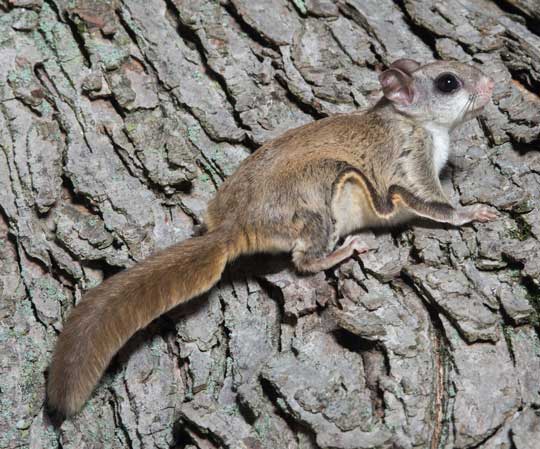

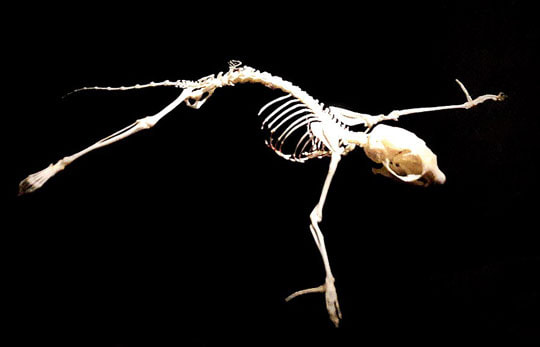
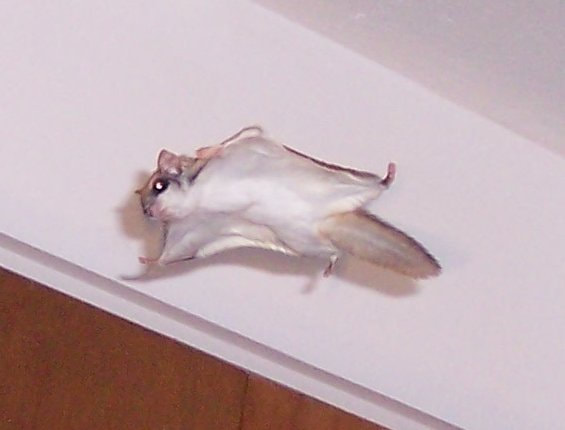
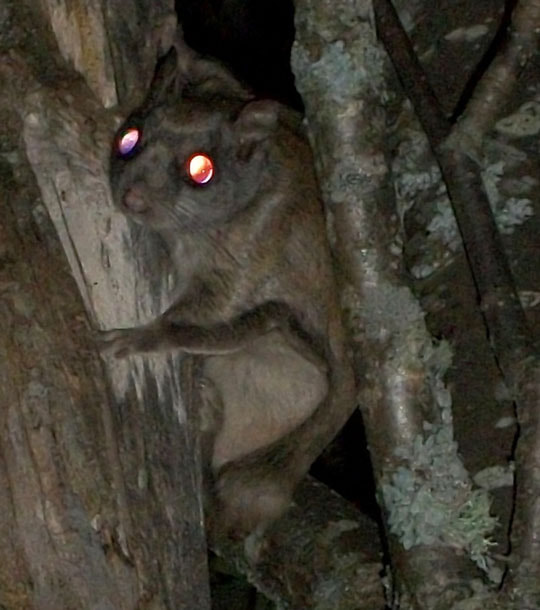
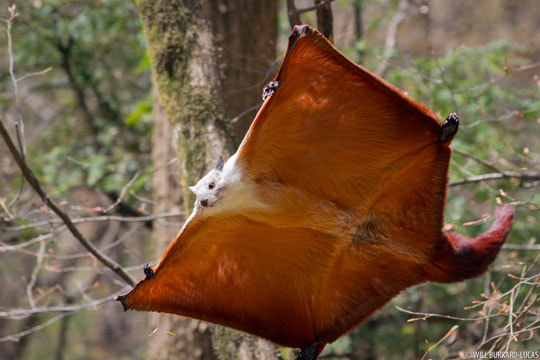
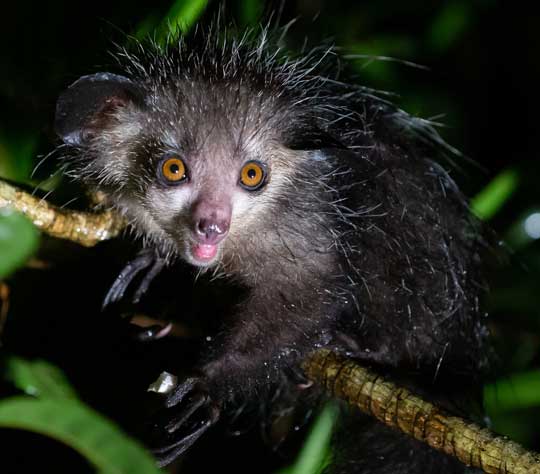

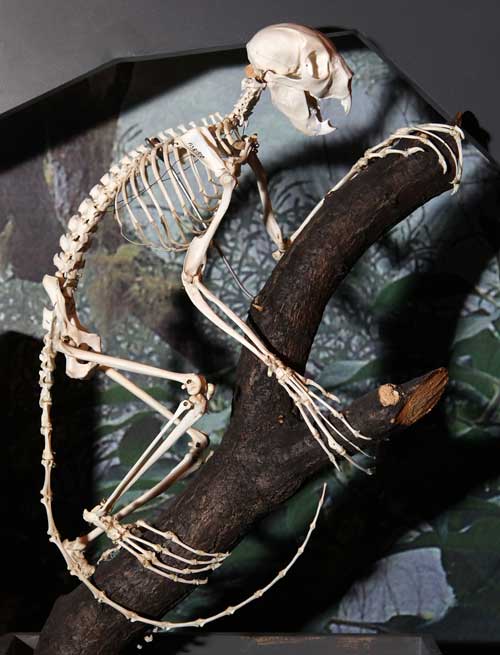
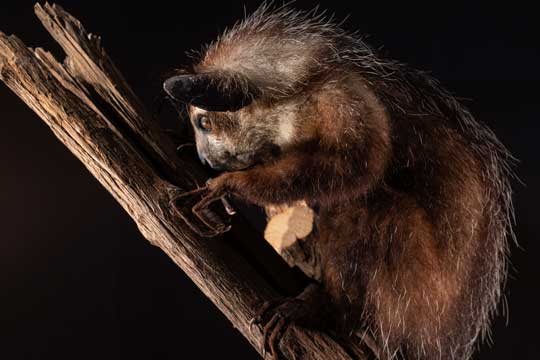
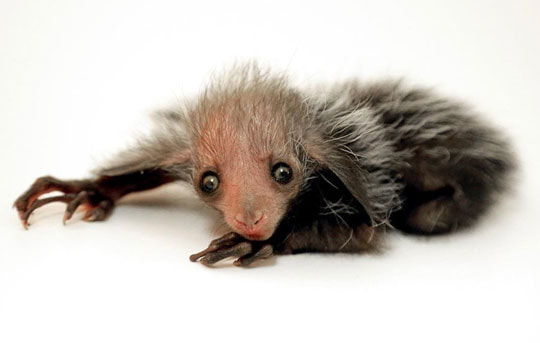
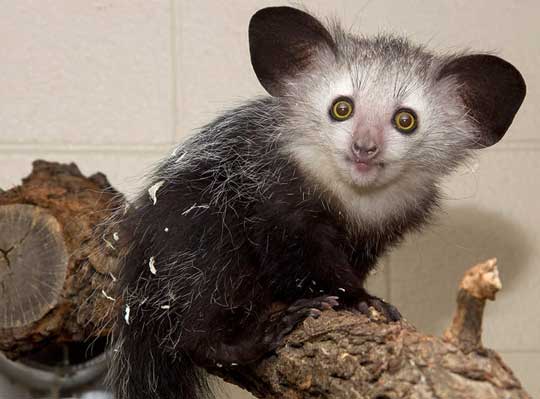
 RSS Feed
RSS Feed